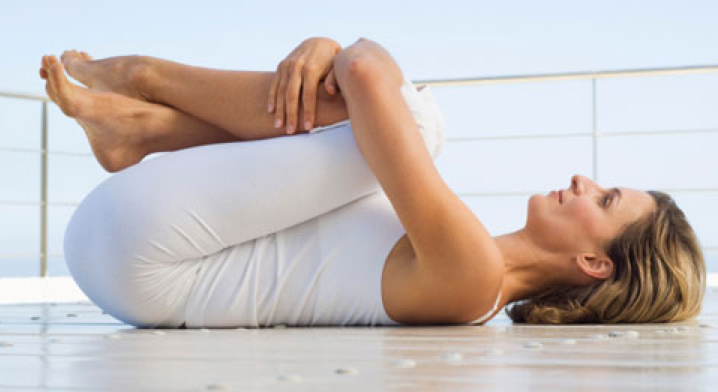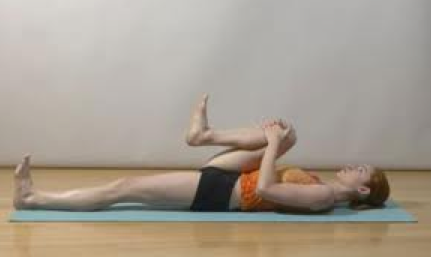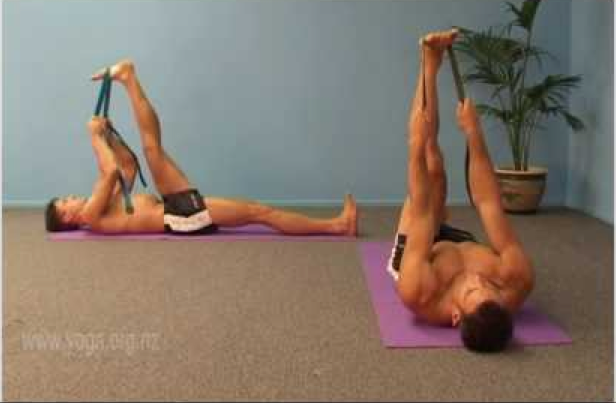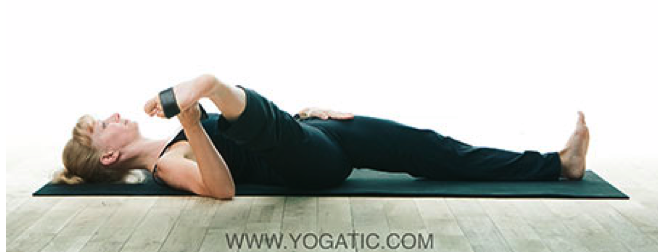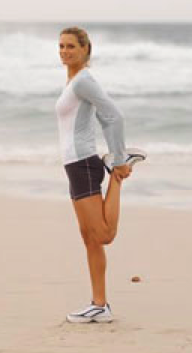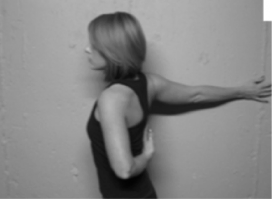Fifteen Minute Fix (Vol II: Made for Runners)
Runners, save your legs by applying this Fifteen Minute Fix immediately after a run.
It is tempting to skip a post-run stretch. As a personal trainer, I encourage my clients to embrace a quick asana sequence as a vital part of their running program.
I believe that it is worth cutting your run 10-15 minutes short, and dedicating this time to yoga, to guarantee that your body remains open and integrated. A fifteen minute post-run fix prevents injury, increases recovery, and optimizes your workout.
If you are running short on time, shorten your running workout and increase your speed and intensity. Spend the time saved connecting with your body and allowing your body to accept and integrate the cardio it just experienced.
If you are hungry after a run, I recommend pounding a quick recovery drink so that you can immediately open your body with yoga , optimizing warm muscles.
Asana Practice: Here is a lovely post-run sequence.
1. Lay on your back and let your body settle.
2. Hug one right knee in to your chest while continuing to straighten your left leg. Keep your left leg active and assure that both your inner and outer thigh are pressing evenly towards the ground (use your foot as a guide and make sure that it is neither bowing left or right). Press through the ball of the left big toe creating a “foint” or a half flex/ half point. (unfortunately this picture does not demonstrate this very well).
Most of the effort should be in the straight leg as the back of the left hamstring presses in to the ground. Switch Sides.
3. Place a yoga strap (a belt or towel works great too) around the ball of your right foot and press the foot towards the ceiling. Keep the left leg straight and press the back of the hamstring in to the ground. Press through the ball of both big toes, keeping both legs activated. Most people take this stretch too deep and sacrifice the integrity of the pose. I recommend coming slightly out of the stretch and focusing equally on both legs, making sure to ground the back of the left leg in to the ground. The inner thigh of both legs should be moving towards the floot (this is called inner rotation) and both hips should be squared.
You should feel this stretch in the meat of the hamstring.
3. Keep the strap around the ball of the right foot (or as I prefer it, wrap the strap around the right heel) and take the strap in the right hand. Allow your right toes to guide you, and slowly bring your right foot towards your right shoulder. Again, keep the left leg grounding and active. Press through the ball of both big goes.
It is important to note, different forms of yoga do this pose differently. For example in this picture, the woman is bringing her leg directly to the side, as opposed to towards her ear or shoulder. I enjoy both ways of doing this pose and I encourage you to experiment.
4. Slowly bring your foot back towards center and bring your strap in to your left hand. Allow your foot to cross your body and come in to a deep twist. Continue to press through both legs with the right foot pressing in to the strap. Allow the ball of the big toe to lead. If it feels comfortable, look over your right shoulder and press through a straight right arm.
[As this picture demonstrates, this pose (as well as the other poses already described) can be done without a strap. Runners tend to be tight so a strap can help. If you find yourself without a prop, do the poses without. You will need to work even hard to keep the legs active, engaged, and working towards straight.]
5. Bring your leg back up towards the ceiling. Take one final hamstring stretch, then release the leg. Repeat on the other side.
6. Hug both legs in to your chest and give them a big hug. Rock up to sitting/standing.
7. While standing on your left foot take your right foot in your right hand. Flex your right foot and press your right foot in to your right hand. Feel the stretch along the center of the quad. Keep your standing leg active and press the foot evenly in to the ground.
[Often I will have clients say that they cannot feel anything while doing this pose. If this is the case for you, press the bent leg towards the ground while resisting with the hand. Also, guarantee that your foot is active and not bowing left or right. You should feel a deep stretch regardless of your flexibility level.]
8. Listen to your body. What else does it need? Take an extra minute to massage a sore muscle or stretch a part of your body that feels tight. Many runners have tight chest muscles and tight calves. Take a minute to open up a muscle that is crying for attention. (For a good discussion on opening the chest, see: http://365yogastudy.wordpress.com/2011/01/20/january-20-follow-through/).
THAT’S ALL FOLKS!
Lesson Learned: A fifteen minute asana practice is the perfect way to finish a running workout.
